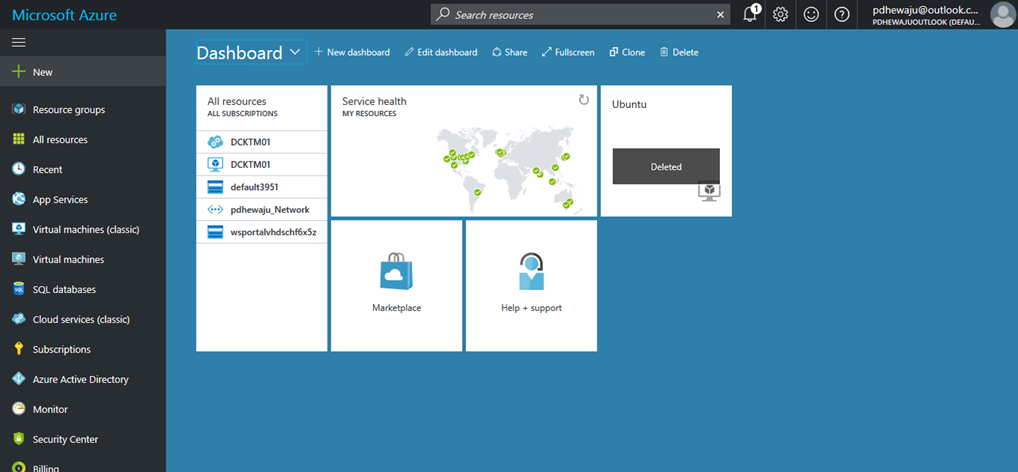

And because there will be different installations for some time – probably years – it’s not going to be resolved any time soon. Much as I would like this issue to be resolved, I don’t have high expectations that every plugin author is going to commit to rewriting their plugin functions just yet.

But it means effectively recoding a lot of plugins. It’s designed to sequester wp-content from the wp-admin directory specifically to act as a barrier to any security breaches which might be designed to take control of the installation. Any new installations are having massive issues with the functionality of plugins because so many script functions have hard-coded directory references that don’t exist under the new file structure. O artigo Azure Stack itens do Marketplace do Hub sempre contém a lista mais atual de itens disponíveis. As informações nesta seção são atualizadas com frequência, portanto, verifique com frequência as alterações. The most significant change is that the wp-content directory is placed in a completely different subdirectory of the server, and only a shortcut or virtual directory is placed in the same directory as wp-includes and wp-admin. Este artigo lista adições recentes, atualizações, alterações e remoções de Azure Stack itens do Marketplace do Hub.
#BITNAMI WORDPRESS STACK AZURE INSTALL#
But as a result of a bunch of security issues, many host servers offering a kind of wizard-based install of WordPress as a default webhosting package (or pre-installation), have elected to explore a different base file structure for WordPress. Up until about 2 months ago the stacks were effectively the same as a self install direct from WP. More details about what bitnami does are on Wikipedia: Okay so it’s probably worth my noting that Amazon EC2, Oracle Cloud, Azure and Google Cloud all use bitnami stack packages to install WordPress. It is free and open source software developed entirely by its community, who have contributed over 45,000 themes, plugins, and widgets that enable an unlimited.


 0 kommentar(er)
0 kommentar(er)
